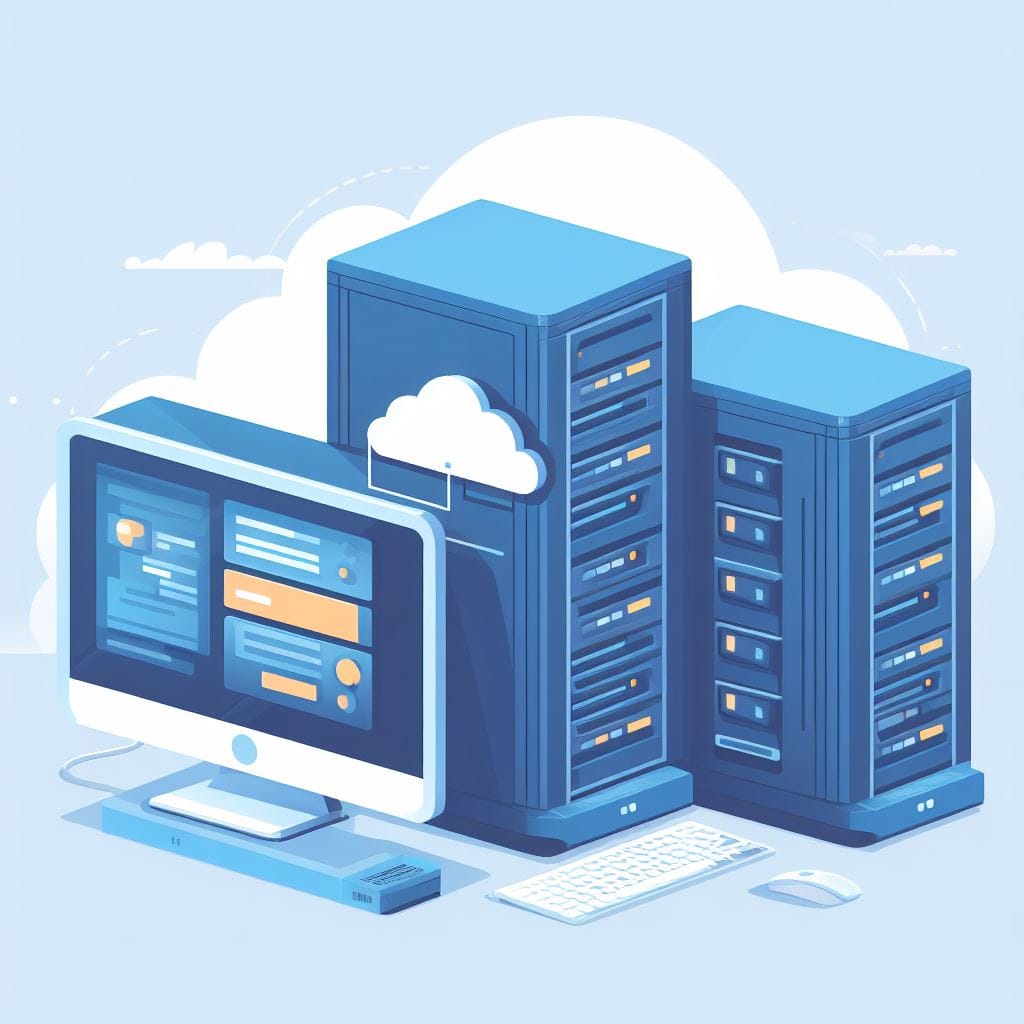How to access the dedicated server for initial setup and configuration?

Accessing a dedicated server for initial setup and configuration typically involves a few key steps. Here's a general guide, but keep in mind that the specific steps can vary based on the server provider and the operating system you're working with.
- Get Server Details:
- Obtain the necessary information from your server provider. This usually includes the server's IP address, username, and password.
- SSH (Secure Shell) Access:
- If you're using a Linux-based server, SSH is a common method for accessing the server command line remotely.
- Open a terminal on your local machine.
- Use the following command, replacing
your_usernamewith the actual username provided by your server provider andyour_server_ipwith the server's IP address:bashCopy codessh your_username@your_server_ip - You may be prompted for a password. Enter the password provided by your server provider.
- Remote Desktop Access:
- For Windows servers, you might use Remote Desktop Protocol (RDP) for graphical interface access.
- Use an RDP client (such as "Remote Desktop Connection" on Windows) and enter the server's IP address, username, and password.
- Web-Based Control Panels:
- Some server providers offer web-based control panels (like cPanel, Plesk, or others) for server management.
- Access the control panel using a web browser by entering the provided URL and login credentials.
- Console Access (Provider-specific):
- Some server providers offer a web-based console for direct access to your server. This is often available through your provider's management portal.
- FTP/SCP/SFTP for File Transfer:bashCopy codescp your_local_file.txt your_username@your_server_ip:/path/on/server
- You may need to transfer files to or from your server. Tools like
scp(secure copy) or SFTP (secure file transfer protocol) can be used.
- You may need to transfer files to or from your server. Tools like
- Replace
your_local_file.txtwith the local file path and/path/on/serverwith the destination path on the server. - Change Default Passwords:
- Once you're in, change the default passwords immediately for security reasons.
Always refer to your server provider's documentation for specific instructions, as the process can vary based on the provider and the type of server you are using. If you have physical access to the server (e.g., in a data center), the process may involve direct console access or a KVM (keyboard, video, mouse) switch.



